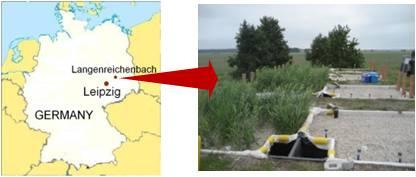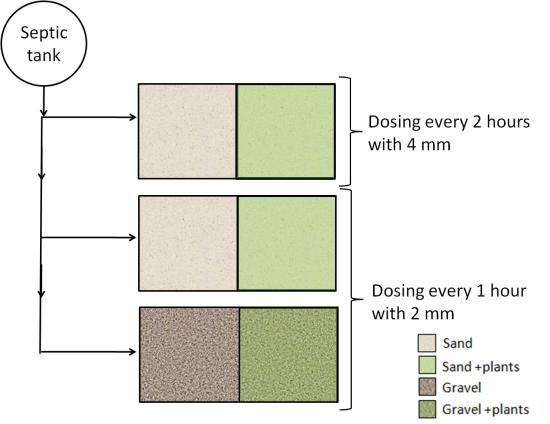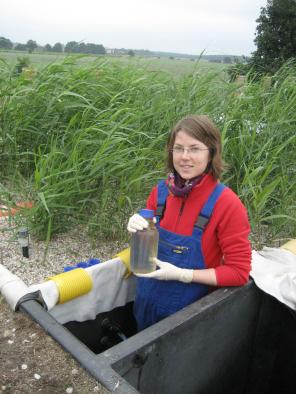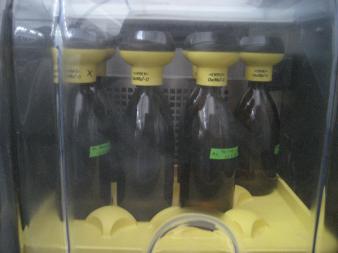Experiments and analyses
Testing the performance of different VF CWs
We carried out the study at a test facility in the village Langenreichenbach outside Leipzig in Germany. Wastewater from households in the village was cleaned in six VF CWs, all designed and operated in different ways.



We took wastewater samples from each VF CW every 2-3 weeks during five months. The samples were taken from five different depths inside the VF CWs:
0 cm (inlet)
10 cm
20 cm
40 cm
80 cm (outlet)
Laboratory analyses
In the laboratory, we analyzed the content of organic material, nitrogen and E. coli bacteria in the wastewater samples. Then we compared the cleaning performance among the different VF CWs and also studied how much pollutants were removed at different depths inside the VF CWs. The results can be found under "Findings and conclusions" in the left menue.


Responsible for this page:
Director of undergraduate studies Biology
Last updated:
05/22/11
